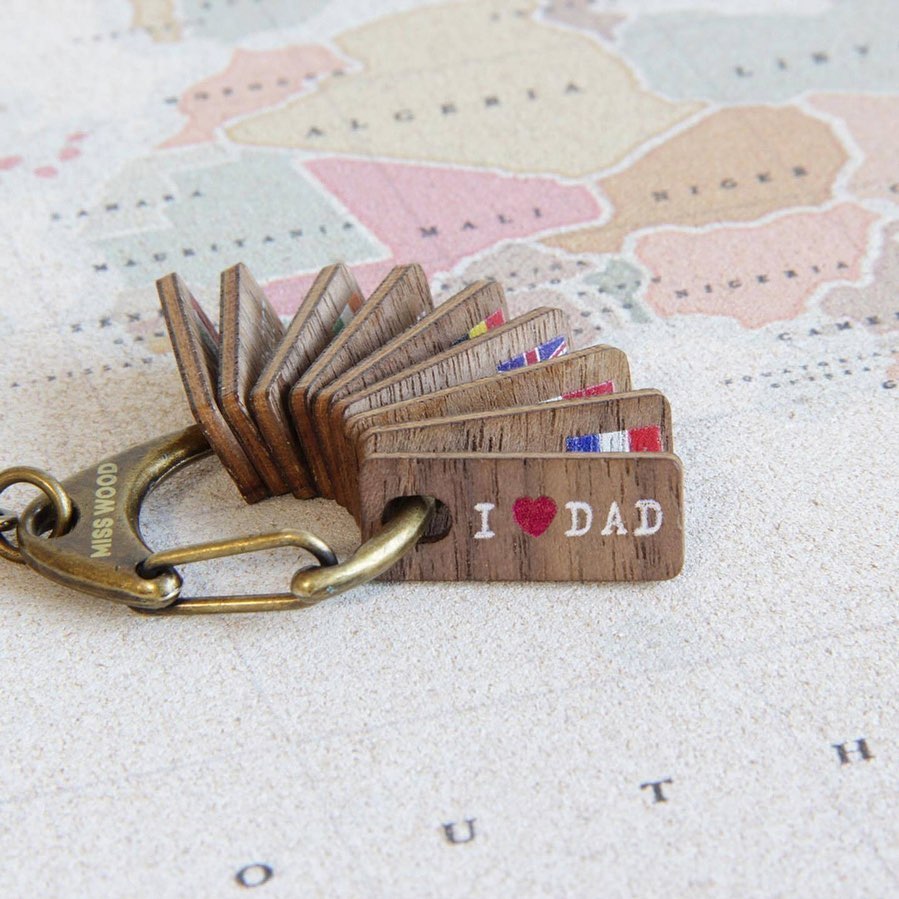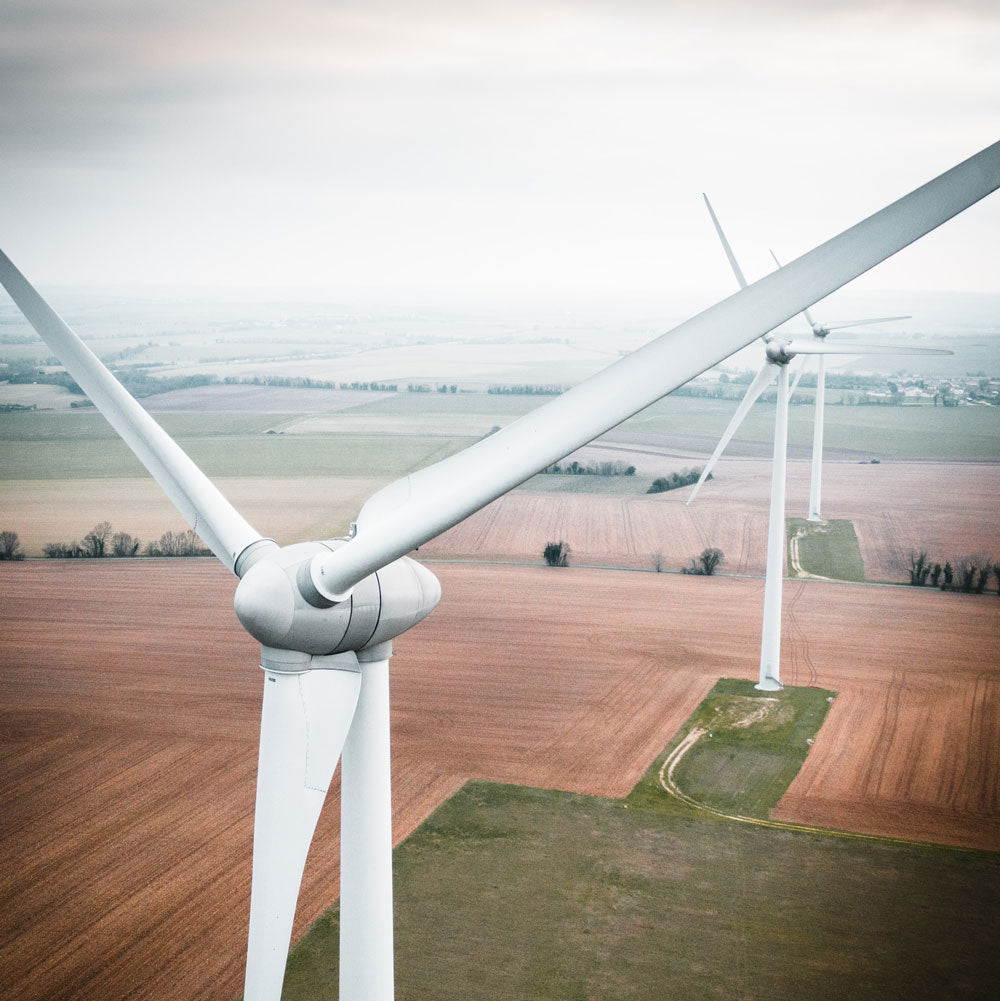Motoring, Home & Garden, IT, Telephony and Bicycles among the sectors that have helped the most to reduce CO2 emissions.
40% of consumers consider the resale value of an item before buying it; this percentage has doubled in 5 years.
Second-hand clothing is on a steady ascent, accounting for 3% of garments in 2008, 6% in 2018 and 13% in 2028
Contribution to the environment
Buying and selling second-hand has become a way of life based on sustainability. It represents a huge contribution to the environment.
The sale of a second-hand product avoids the production of a new one and the CO2 emissions that this entails.


On the rise
The buying and selling of second-hand objects is experiencing a 'golden age' thanks to the momentum of digital platforms that invite bartering and reuse.
Extending the life of certain products, such as furniture, reduces carbon dioxide emissions, relieving the pressure of this gas on the planet.
Hopeful actions

Digital platforms
The Internet has become a fantastic potential tool to place ads and sell everything you no longer want. Platforms such as Wallapop o Milanunciosallow you to do it in an easy way. We invite you to try it with items that you are not going to use anymore.

Slow Fashion
Based on minimizing environmental impact, guaranteeing labor rights and establishing a circular economy. More and more brands are joining this movement.
Sources of information: Iresiduo | Milanuncios

















